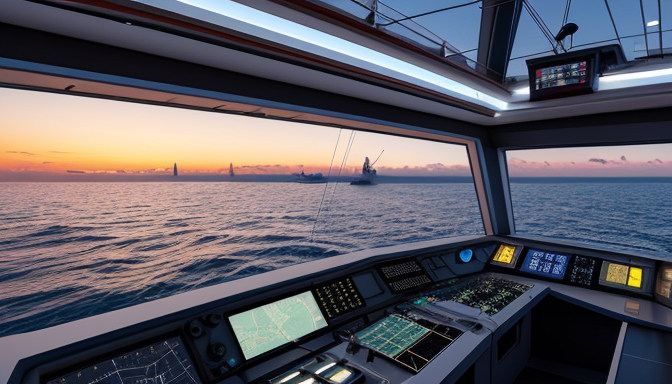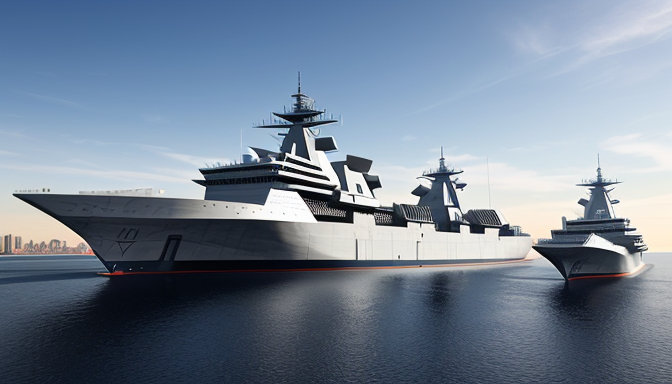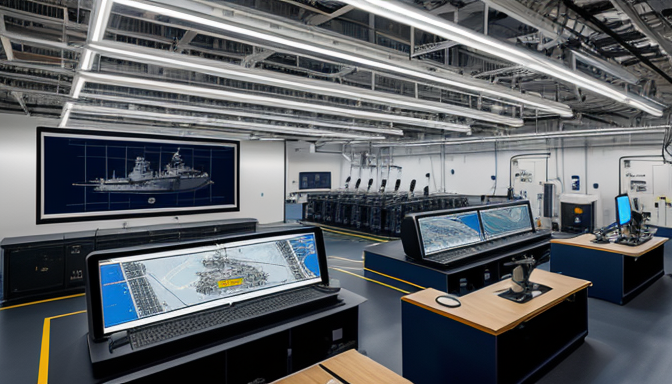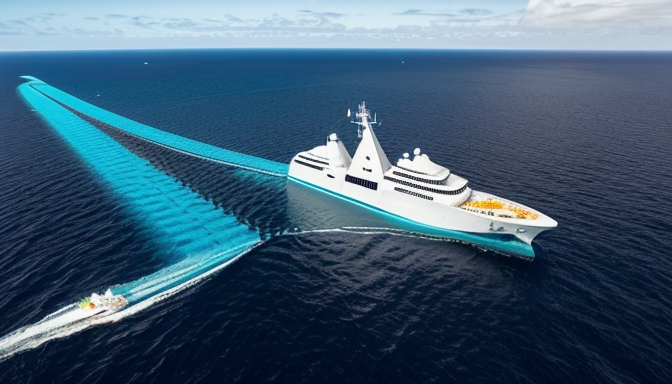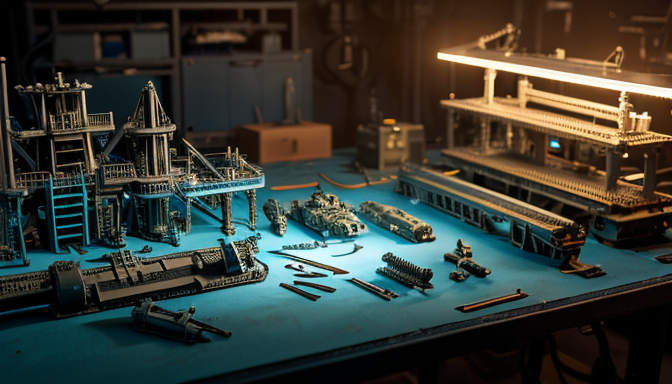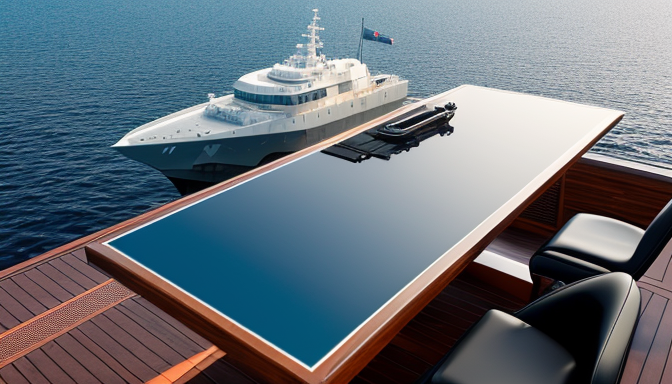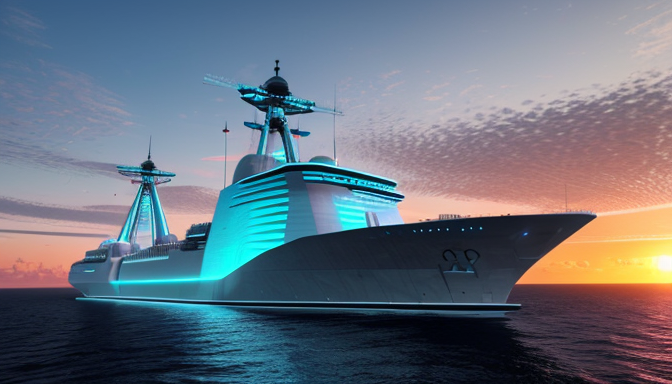Naval Engineering: The Unsung Hero of Maritime Safety
When we think of maritime safety, our minds often drift towards the brave souls who navigate the vast oceans. However, the real unsung heroes are the naval engineers—the masterminds behind the cutting-edge designs and technologies that keep our vessels safe and sound. Imagine a world where ships are not only built to withstand the fiercest storms but also designed with green propulsion systems that minimize environmental impact. That’s the magic of modern naval engineering!
Over the years, naval engineering has evolved dramatically. From the ancient wooden ships to today’s sleek, high-tech vessels, each innovation has played a crucial role in enhancing safety standards. For instance, the introduction of hull designs that reduce drag has not only improved fuel efficiency but also provided greater stability on the water. Additionally, modern materials such as composite fibers and advanced alloys have made ships lighter and more resilient than ever before.
But it’s not just about the materials; it’s also about the technology. With the rise of autonomous systems and AI-driven navigation, the future of maritime safety looks brighter. These innovations help in predicting potential hazards and ensuring that vessels can respond to emergencies swiftly. In a world where every second counts, these advancements are game-changers.
As we sail into the future, the role of naval engineering will only become more critical. By prioritizing safety and sustainability, we can ensure that our oceans remain safe for generations to come. So, the next time you see a ship cutting through the waves, remember the brilliant minds that made it possible!
The Evolution of Naval Engineering
Naval engineering has come a long way since the days of wooden ships sailing the high seas. As we dive into the evolution of this field, it’s fascinating to see how innovative designs have reshaped the maritime landscape. Remember when ships were merely floating vessels? Now, they are marvels of engineering, equipped with cutting-edge technology that not only enhances performance but also ensures safety at sea.
One of the most significant advancements in naval engineering is the introduction of green propulsion systems. These systems are designed to minimize environmental impact, making ships more sustainable. Imagine a world where vessels glide through the water without leaving a carbon footprint—this is not just a dream but a reality thanks to innovations such as hybrid engines and alternative fuels.
Additionally, the integration of advanced materials has revolutionized ship design. Lightweight composites and high-strength steel are now common, allowing for faster, more agile vessels that can withstand the harshest marine conditions. The table below highlights some key innovations that have marked this evolution:
| Innovation | Description | Impact |
|---|---|---|
| Hybrid Propulsion | Combines traditional engines with electric power. | Reduces fuel consumption and emissions. |
| Smart Ship Technology | Utilizes IoT for real-time monitoring. | Enhances safety and operational efficiency. |
| Advanced Hull Designs | Optimized shapes for reduced drag. | Improves speed and fuel efficiency. |
In conclusion, the evolution of naval engineering is a testament to human ingenuity and our commitment to making maritime travel safer and more efficient. As we continue to face new challenges, the innovations in this field will undoubtedly pave the way for a brighter, more sustainable future on the open waters.
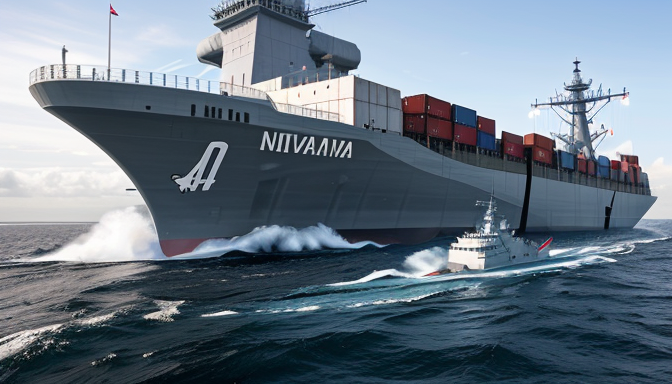
Modern Challenges and Solutions
In today’s fast-paced world, naval engineering faces a myriad of challenges that demand innovative solutions. One of the most pressing issues is the need for environmentally friendly practices. As climate change continues to loom large, the maritime industry is under increasing pressure to reduce its carbon footprint. This is where green propulsion systems come into play. These systems, which include technologies like wind-assisted propulsion and hybrid engines, are revolutionizing how we think about ship design. Imagine a vessel gliding through the waves, powered not just by fuel, but by the very winds that propel it forward!
Moreover, the integration of cutting-edge technologies such as automated navigation systems and advanced materials is reshaping the landscape of shipbuilding. For instance, the use of lightweight composites not only enhances fuel efficiency but also improves safety by reducing the overall weight of the vessel. Smart ships equipped with AI and IoT capabilities are becoming the norm, allowing for real-time data analysis and decision-making, which significantly enhances operational safety.
However, with these advancements come challenges. The maritime industry must navigate regulatory hurdles and ensure that these technologies are accessible and affordable for all. To tackle these issues, collaboration between engineers, policymakers, and environmentalists is essential. By working together, we can pave the way for a sustainable maritime future, where safety and environmental responsibility go hand in hand.
Frequently Asked Questions
- What is naval engineering?
Naval engineering is the branch of engineering that deals with the design, construction, and maintenance of ships, boats, and other marine vessels. Think of it as the art and science of creating floating cities that can withstand the harshest conditions at sea!
- How has naval engineering evolved over time?
Over the years, naval engineering has seen remarkable advancements, from wooden ships to modern steel giants equipped with cutting-edge technology. It’s like watching a caterpillar transform into a butterfly, where each innovation improves safety and efficiency on the water.
- What are the current challenges in naval engineering?
Today, naval engineers face challenges such as environmental regulations, climate change, and the need for sustainable practices. It’s a bit like navigating through a storm; engineers must find innovative solutions to keep our oceans safe and our vessels efficient.
- Why is naval engineering important for maritime safety?
Naval engineering plays a crucial role in maritime safety by developing designs and technologies that protect lives and vessels. Just imagine, without these innovations, our seas would be a lot more perilous!
